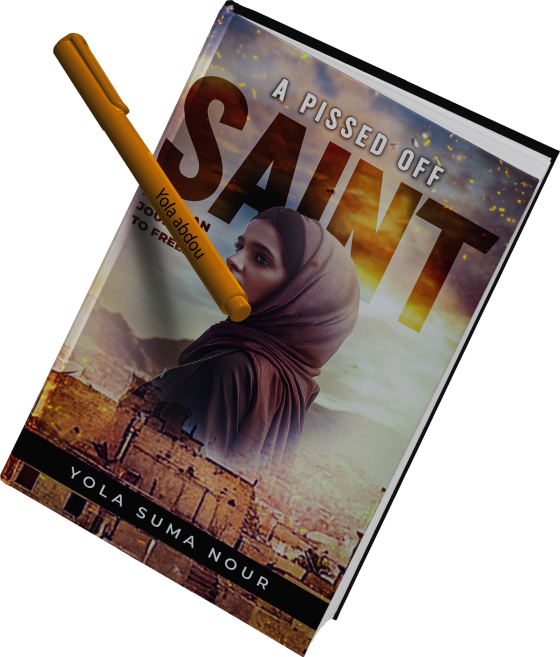Some memories never truly settle into the past. They linger at the edges, not as stories we can retell, but as sensations we cannot escape. For many who’ve experienced trauma, memory is not a neat archive. It’s a frozen landscape, scattered with fragments too jagged to touch. In those moments, traditional storytelling fails. Language crumbles. Time bends. Healing requires more than just remembering. It demands expression that transcends explanation.
This is where art steps in. Photography and poetry do not ask for a beginning, middle, or end. They ask only for presence. A single image. A single line. And in those singular moments, time begins to move again.
Why Art Speaks When Words Fail
Photography has a strange relationship with time. Every image is a moment stopped, stilled, suspended. But for someone in recovery, that stillness isn’t just aesthetic. It’s redemptive. It allows the photographer to revisit the scene, not as a victim, but as an observer. This act of seeing clearly, of framing the chaos, allows for detachment. And then, eventually, understanding.
Likewise, poetry offers permission to speak indirectly. A metaphor can hold what memory cannot. Rhythm can carry what the tongue cannot say plainly. When pain is too dense to name, a poem can distill it into shape and sound, giving form to the formless.
A Journey Made of Light and Shadow
In one powerful creative memoir, this intersection of image and word becomes a roadmap. Without revealing too much, the author begins with a camera in hand and a lifetime of trauma on his back. Color photographs become meditations on spontaneity, fog, light, and longing. A red chair appears. Shadows become subjects. Silence becomes textured.
His poems are not polished confessions. They are raw, immediate, and mythic. They do not tidy trauma into epiphany. Instead, they dwell in the gray spaces of healing, where recovery looks like a photograph taken from a moving car or a poem scribbled in the quiet after a panic attack.
The interplay between photography and verse invites readers into moments that feel both deeply personal and strangely familiar. Each chapter explores a different photographic style. Each poem uncovers a different layer of self. And between them, a narrative of survival unfolds, not chronologically, but emotionally.
Still Life, Moving Heart
The author doesn’t posture or perform. He reflects, questions, doubts, and celebrates. He experiments. He fails. He returns. There is no singular point of arrival in this journey. There is only movement—a slow, steady unfreezing of time.
The photos are not flawless. The poems are not perfect. And that is exactly the point. Healing is not about achieving beauty. It’s about allowing it. Letting it emerge from the cracks. Letting it take up space on the page and the wall and the heart.
Conclusion
Unfreezing time is not about going back. It’s about going inward. And outward. And forward. The process is not clean. But it is sacred.
If you are someone who has struggled to put your pain into words, or if you are someone who finds solace in images that speak without explanation, this book may feel like a mirror. A quiet invitation. A kind of prayer.
Read The Peculiarities of Red Chairs by Paul Aaron Domenick and witness a decade-long journey of healing through the art of photography and poetry.


